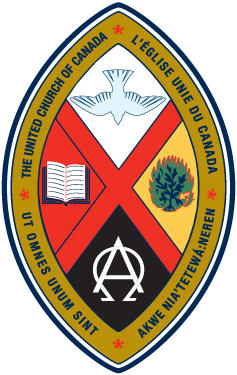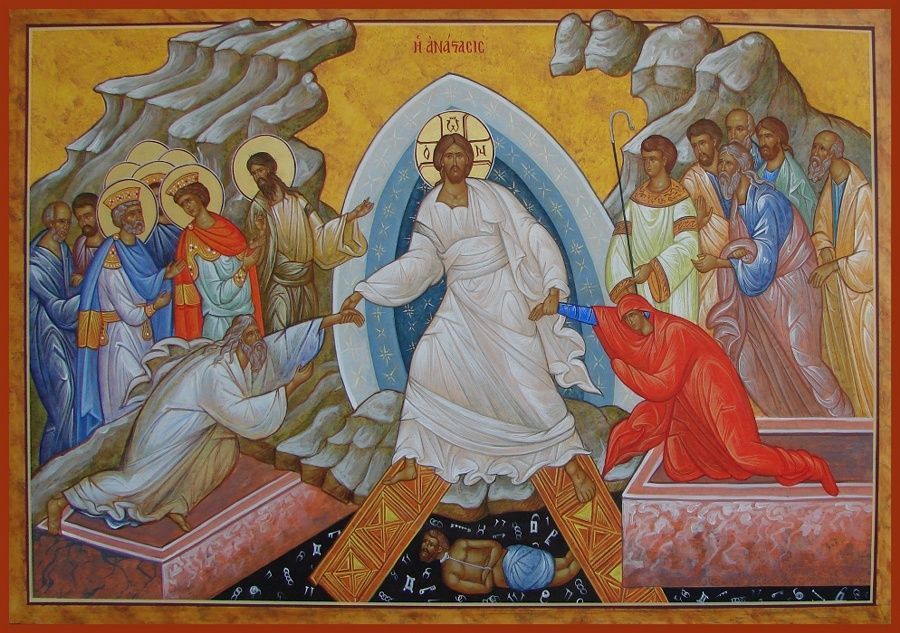Whatever Happened to the Comprehensive Review at General Council?

After several days of discussion, the General Council has passed a reworked version of the Comprehensive Review Task Group (CRTG) recommendations.
The omnibus proposal passed with 95 percent of commissioners voting in favour and 4 percent against. The omnibus motion was moved by Cathy Hamilton, who chaired the CRTG, and seconded by Larry Doyle, who co-chaired the CRTG Sessional Committee.
Highlights of the proposal include:
A three-council model consisting of communities of faith, regional councils, and a denominational council (presbytery and conference are going to disappear and become regional councils). Order of Ministry will be members of regional councils, not of communities of faith.
Support to new ministries and new forms of ministry through an initiative tentatively called Chasing the Spirit, with 10 percent of annual Mission & Service givings to be invested in the initiative approval of the CRTG’s original recommendations regarding Aboriginal Ministries. Ministry and mission activities will continue to be funded by Mission & Service.
Governance and support services will be funded by the denominational council assessing communities of faith. The details of that assessment are still to be developed.
Regional councils also have authority to assess communities of faith for any additional services the regional council wishes to undertake.
The denominational council will not hold large meetings with representation from each community of faith. Regional councils will elect representatives to attend denominational council meetings every three years.
The executive of the regional council will have fewer members than the current Executive of the General Council. The new executive would consist of 12-18 members. The composition of that membership is yet to be determined.
There will not be a college of ministers. Instead, there will be a denominational office of vocation comprised of staff and nominated elected representatives.
Alongside the three-council structure there will be less formal clusters and networks.
Elimination of the transfer and settlement processes for members of the Order of Ministry
A working group will consider the idea of establishing an Association of Ministers.
A precise method of assessments is to be developed, informed by principles approved by General Council 42.
authorization of a category 3 remit to presbyteries and pastoral charges regarding these changes
Prior to the issuing of remits, a number of items will be further developed, such as the number of regions, membership of regional councils and executives, and the relationship of the regional and denominational councils to staff.
In addition, the General Council waived the requirement for 24 months of study before the remit return date for the category 3 remits arising from the Comprehensive Review.
Council also advanced the date of the regular meeting of the 43rd General Council from 2018 to sometime in 2017.
It also approved that test projects for the three-council structure and the office of vocation begin immediately and approved that provision be made for the participation of youth and young adults in all three councils.
To review the Comprehensive Review Task Group’s passed motion yourself go to http://www.gc42.ca/ and click on CRTG.
Originally posted on the GC42 website. Summary posted by Rev. Jeff Cook



